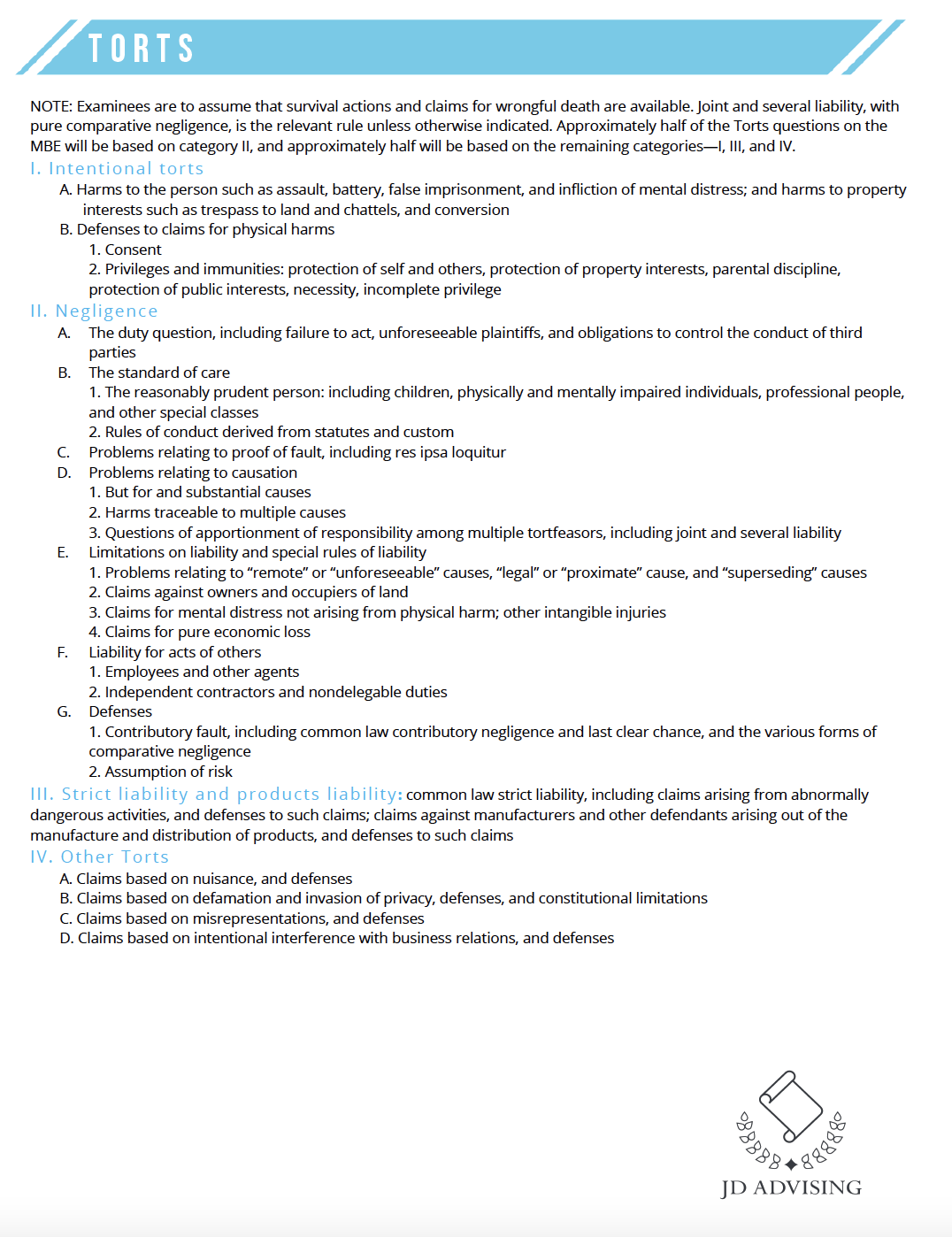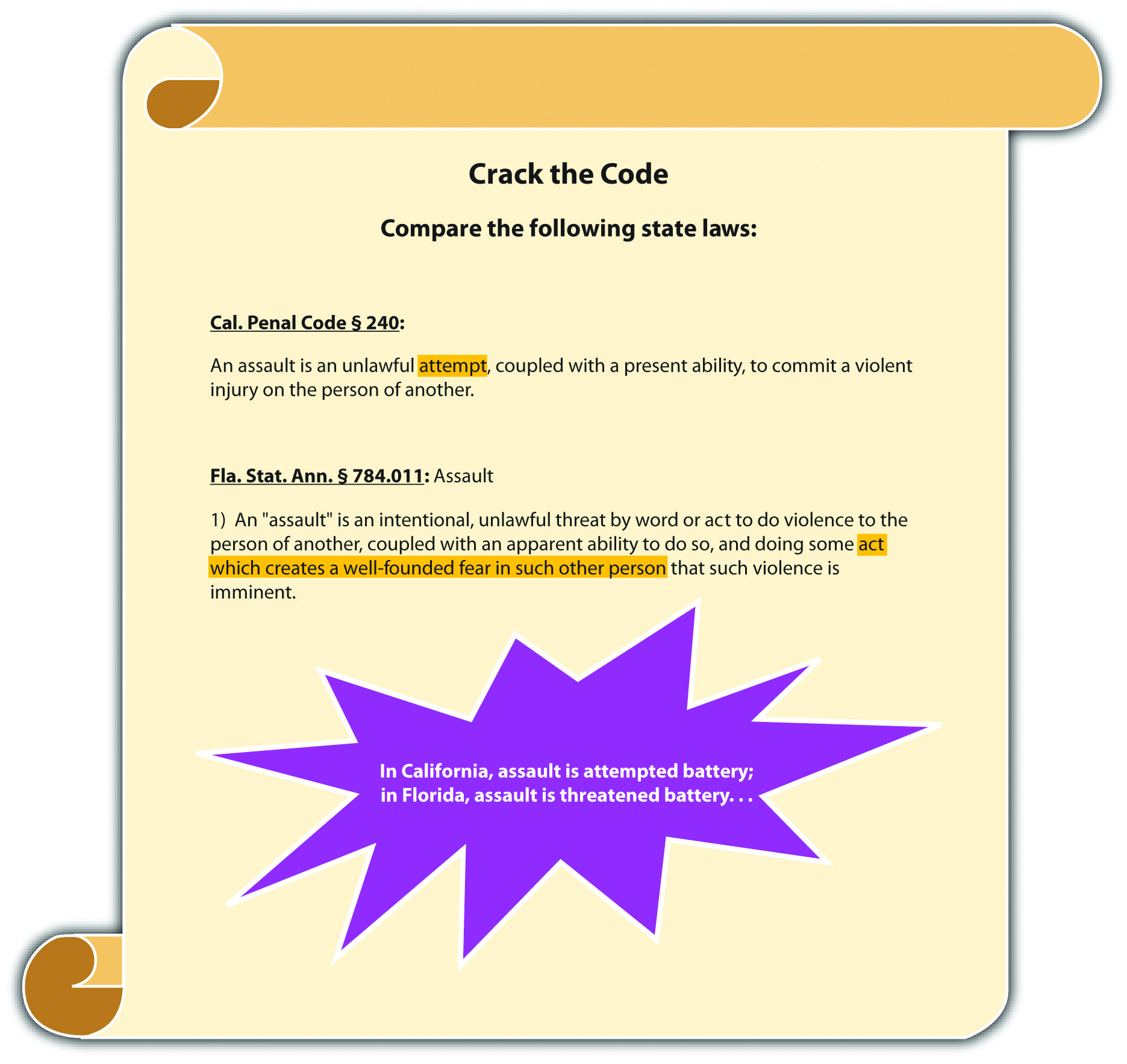Assault And Battery Examples - Assault and battery are two crimes that are often prosecuted together, but they are separate crimes with different elements. Although modern jurisdictions often combine assault and battery into a single statute called assault, the crimes are separate and are often classified separately. The Criminal Code defines both simple and serious assault (Criminal Code § 211.1). In the Criminal Code, however, no distinction is made between assault and assault for written purposes. This section examines both cases, including potential defenses.
Battery is a crime that includes felony, criminal intent, aiding and abetting, and causing injury as discussed in the following paragraphs.
Assault And Battery Examples

The most common crime for battery is unlawful touching, often called contact (720 ILCS § 12-3, 2011). It is this crime that distinguishes assault from assault, although a person can be convicted of both crimes if the contrary is made with valid motive. The accused may hold the victim with a weapon, such as shooting the victim with a gun, or may strike the victim with a thrown object, such as a rock or bottle. The accused may also touch the victim with a car, knife or object, such as spitting on the victim or spraying the victim with a hose.
Crimes Against Persons
Remember from Chapter 1 "Introduction to Criminal Law" the example where Chris, a new employee at McDonald's, poured hot coffee into his hand on his customer Geoff. Although Chris did not touch Geoff with any part of his body, he poured something that touched Geoff illegally
The criminal intent required for battery varies by location. In the original law the battery was effective or known. Most states follow a common law approach and require actual or intentional intent, or general or knowing intent (Fla. Stat. Ann. § 784.03, 2011). Others include reckless intent (K.S.A. § 21-3412, 2011) or reckless intent (R.I. Gen. Laws § 11-5-2.2, 2011). Areas involving negligence or carelessness often require actual injury, serious injury, or the use of a deadly weapon. The Model Penal Code requires intentionally, intentionally, or recklessly to injure another person, or to recklessly “injur another with a deadly weapon” (Model Penal Code § 211.1(1) (b)). If ignoring the goal is
Review Chris and Geoff's example in Episode 10 "Battery Act Examples". Imagine that the scene where Chris poured hot coffee into Geoff's hands happened when Chris was trying to do more and give updates while pouring the coffee. Chris's actions in touching Geoff with the hot coffee can be supported by a reckless motive because Chris is a new employee and may not be aware of the danger of spilling coffee by doing too much. If Chris' lost place doesn't include ignoring his battery laws, then Chris probably does.
, Chris will not be charged with battery unless the coffee caused severe burns to Geoff's hand; hot coffee will not kill and may not be considered a lethal weapon.
Difference Between Sexual Assault And Sexual Battery
What is required of battery in most cases is that the touching takes place without the victim.
. Therefore, the victim's consent can act as a failure to testify or an affirmative defense in certain specific situations.
Recall from Chapter 5 "Criminal Defense, Part 1" the scene where Allen fights with Brett at the high school football game, resulting in Brett being seriously injured. Although Allen intentionally touched Brett, resulting in serious injury, Brett consented to the touching by voluntarily participating in a sport where physical contact is necessary.

. Therefore, the accessory for the battery is not available and Allen may not charge in this case.
The Tort Of Assault And Battery
In addition to consent, there are defenses and defenses to battery which Chapter 5 "Criminal Defenses, Part 1" and Chapter 6 "Criminal Defenses, Part 2" discuss in detail. To summarize and recap, battery defense is self-defense, protection of property and residence, and lawful arrest of criminals. The basic defense to battery that Chapter 6 "Criminal Defenses, Part 2" discusses is the insanity defense. Another excuse for battery protection is
Between the child and the parent which is often regulated by law and varies from state to state (Kidjacked.com, 2011).
The defendant's claim must be true and valid for the injury, as described in Section 10 "Battery Injuries."
Contact (720 ILCS § 12-3, 2011). Some jurisdictions require actual harm to the victim (Ala. Code § 13A-6-21, 2011). The risk of damage can increase the load, as described in section 10 "Battery calculation".
Florida Assault And Battery
Review the example in Episode 10 of the "Battery Act Example" where Chris pours hot coffee into Geoff's hands. If Chris and Geoff are in the mood, they need it
To the victim as an item of battery damage, Chris will not be charged in this case unless the hot coffee damages Geoff's hand. If Chris and Geoff are in a situation that allows harm
Contact, Chris can be charged or convicted of battery as long as the substance is present, as described in Section 10 of "Intent of Battery."

In the original order, the battery was defective. The Model Penal Code classifies the crime (also known as simple assault) as a misdemeanor unless "a fight or assault has occurred, in which case it is a minor misdemeanor" (Model Penal Code § 211.1(1)). Categories of the Model Penal Code
Aggravated Assault Charges In Arkansas
Battery (also known as aggravated assault), which is battery causing serious injury or bodily harm by means of a deadly weapon, as a felony of the second or third degree (Penal Code § 211.1(2)). Most states follow the Model Penal Code's approach by classifying battery causing emotional distress or physical injury as a misdemeanor (720 ILCS § 12-3, 2011) and battery causing physical injury as a felony or misdemeanor (720 ILCS §12-4, 2011). Additionally, battery committed with a higher intent—such as intent to cause great bodily harm or intent to injure or destroy—is generally more serious (Ala Code § 13A-6-20, 2011). Other aggravated battery charges include use of a weapon (R.I. Gen. Laws § 11-5-2, 2011), battery in the course of employment, or an attempt to commit a serious or violent crime (Ala. Code § § 13A -6-20 , 2011), failure to render assistance to the victim (Wis. Stat § 940.16(6), 2011), and abuse of a teacher (Wis. Stat. § 940.16(5), 2011) or police ( Wis. Stat § 940.20(2) , 2011).
Assault is a crime that has criminal elements and intent. Some types of assault also have an element of causation and injury, which is discussed in section 10 of "Aggravated Battery Injury".
Two types of abuse are recognized. In some areas, assault is an experimental battery. In some areas, assault is a dangerous battery. The Model Penal Code provides for attempted assault and threats (Model Penal Code § 211.1). The details of both types of shocks are discussed in Section 10 "Battery Testing and Battery Damage".
A battery is an assault involving any battery other than physical contact. What counts as battery is a misdemeanor motivated by criminal intent. There is no need to cause or cause harm
Aggravated Assault In Florida: The Law
Mistakes don't have to cause harm. Although attempted battery should allow the same protections and consent as battery, this is not as common in assault as it is with battery, so most laws do not have the problem of lack of victim consent.
Physical contact with the victim but fails for some reason. This could be a thrown object that misses its target, a shot that misses, or a punch that doesn't connect. In some states, the defendant must have the ability to cause harmful or offensive contact, even if the contact did not occur (Cal. Penal Code § 240, 2011). The only possibility here is to extend the rule that crimes must go beyond mere preparation. In most jurisdictions, criminal responsibility is assessed by the Model Penal Code test described in Chapter 7 "Party to Crime" (Commonwealth v. Matthews, 2011). In sum, the battery test requires that the defendant act to complete the battery, and the defendant's actions must be substantially related to the defendant's intent (Penal Code § 5.01).
Diana points a loaded gun at her ex-boyfriend Dan, says "Prepare to die Dan" and pulls the trigger. Fortunately for Dani, the gun worked and didn't fire. Diana may have attempted battery. Diana did whatever was necessary to complete the battery, and her actions in pointing the gun at Dan and shooting him were evidence of her criminal intent. Also, it seems Diana had the ability to shoot Dan because her gun was loaded. Therefore, Diana can be charged and convicted in the case of

Third degree assault ct, assault in the third degree jail time, third degree assault ny, third degree assault sentence, third degree domestic assault, assault in third degree, assault in the third degree colorado, third degree assault nebraska, what is assault in the third degree, assault in the third degree ny, third degree assault mn, attempted assault in the third degree